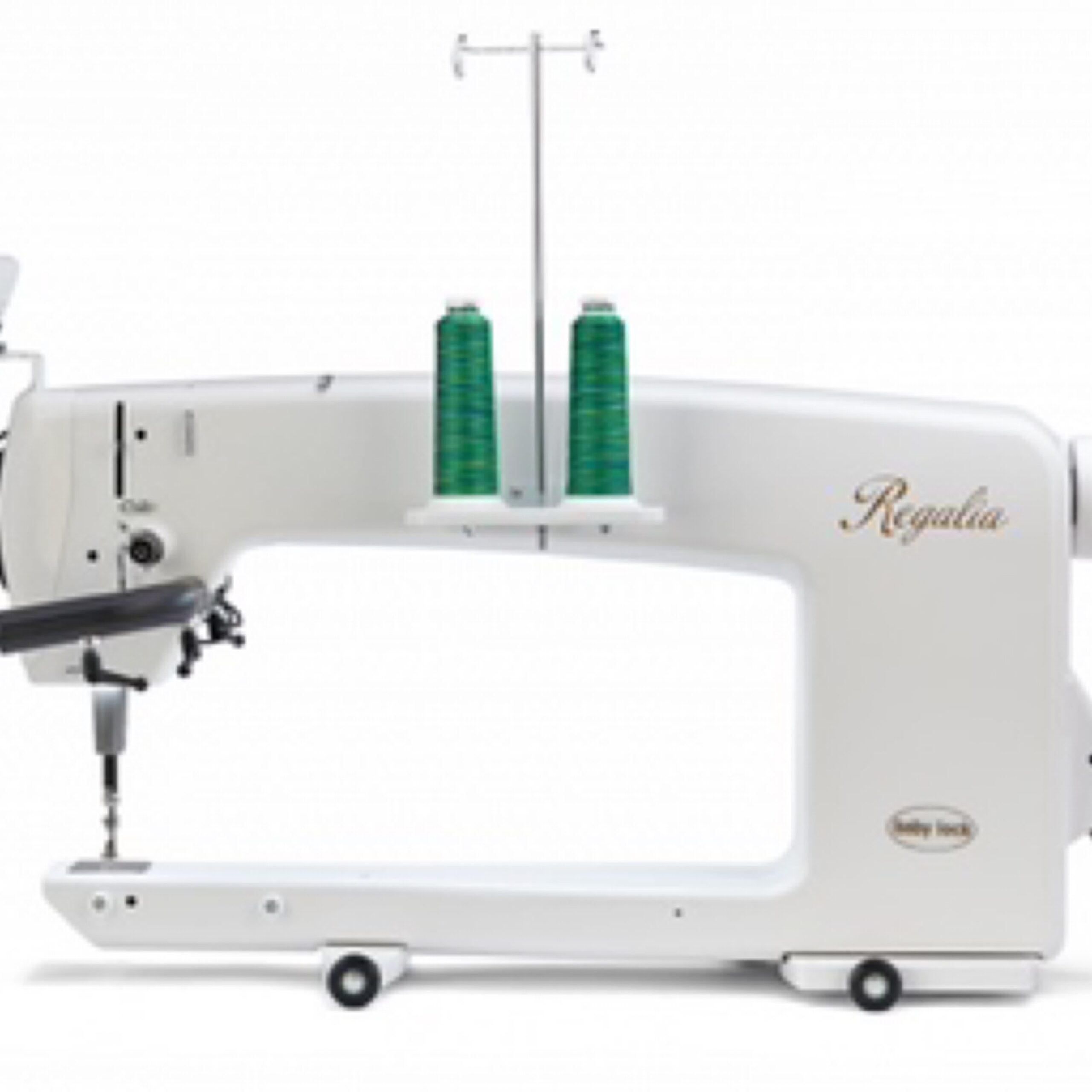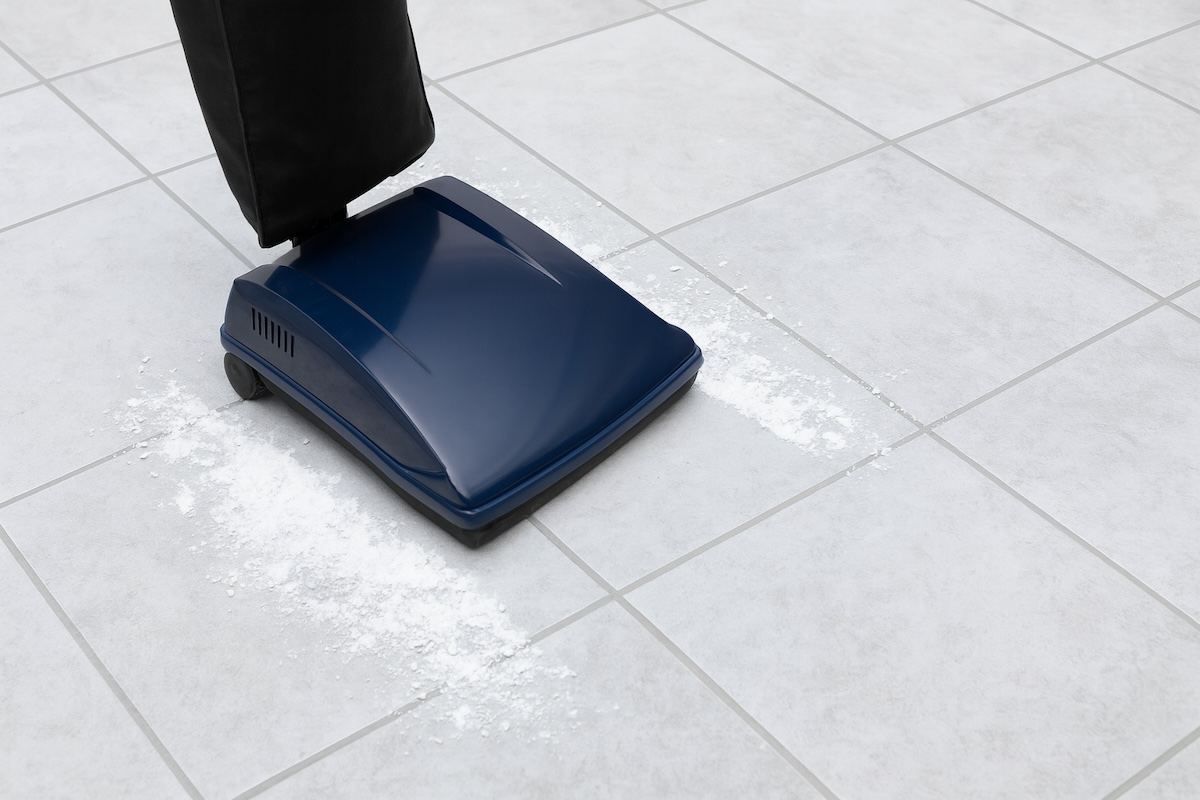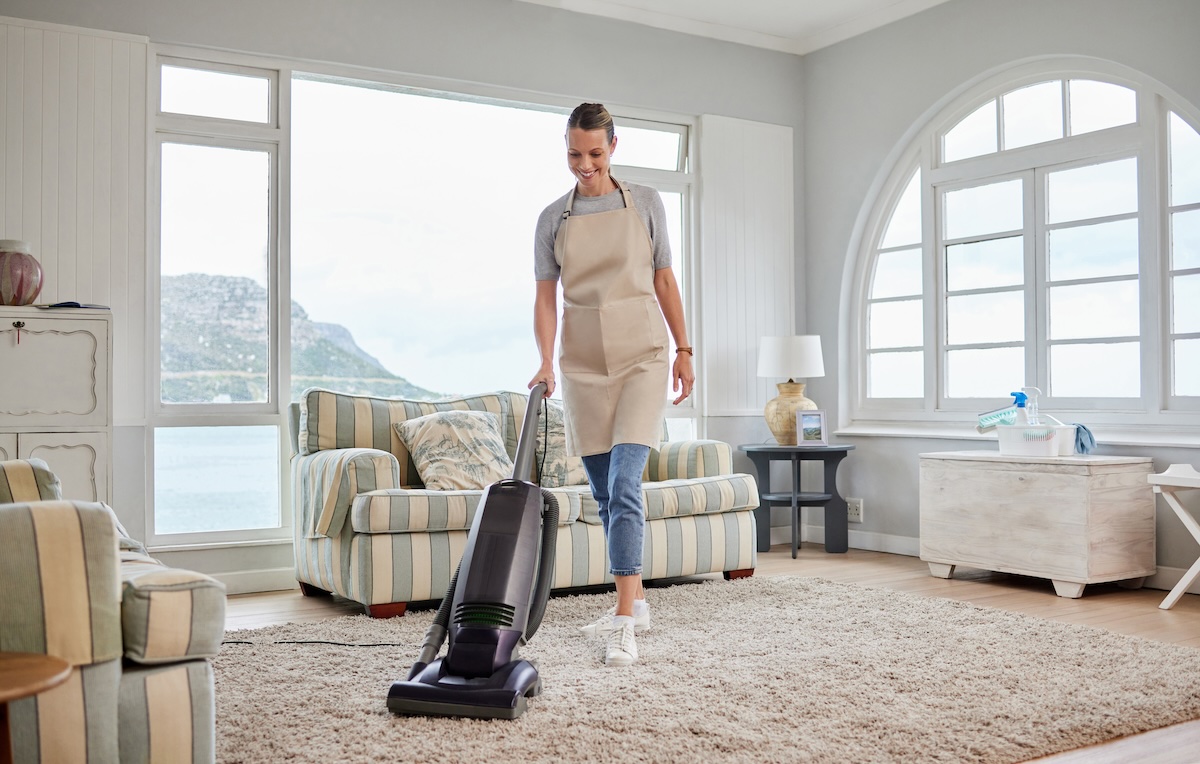For anyone stepping into the world of sewing, the terms “serger” and “sewing machine” can quickly become a source of confusion. They’re both used to construct, repair, and decorate fabric-based items, yet they serve very different functions. Understanding what sets them apart will help you choose the right tool for your project, whether you’re sewing curtains, repairing clothes, or creating a fashion-forward wardrobe from scratch.
The Basics of a Standard Sewing Machine
Sewing machines are the bread and butter of home sewing. They’ve been around for over a century, with modern models offering dozens of stitch styles and features for all skill levels. A sewing machine works by interlocking an upper and lower thread through the fabric, creating a straight or decorative stitch. These machines are ideal for:
- Constructing garments
- Mending tears
- Adding decorative stitches
- Quilting and embroidery (on advanced models)
- Working with a wide range of materials, from denim to silk
Sewing machines are incredibly versatile. A single machine can sew zippers, create buttonholes, and hem pants. Some advanced models even include computerized functions and touchscreen controls.
If you’re just starting out or working on general fabric projects, a sewing machine is the go-to option. It offers a balanced blend of accessibility, functionality, and adaptability. Repair and servicing are widely accessible for most sewing machines, with many models designed for long-term durability and easy part replacement.
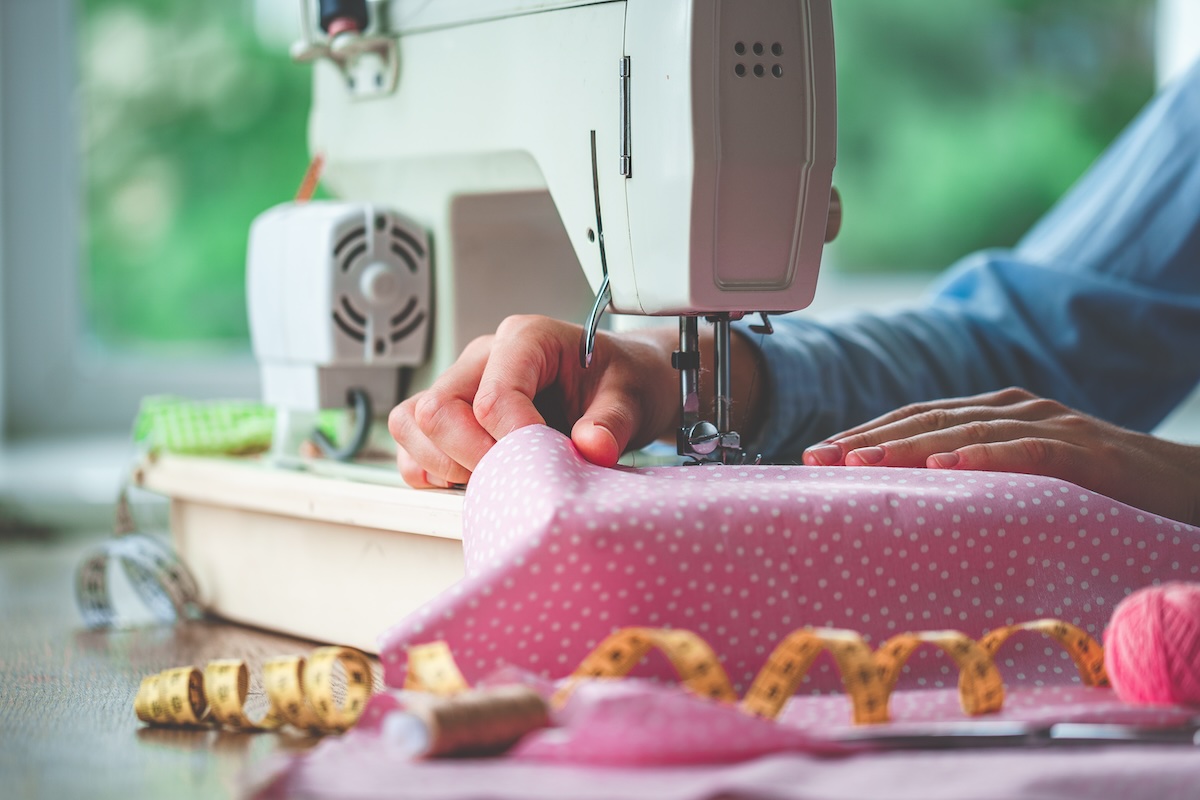
What a Serger Does (That a Sewing Machine Can’t)
A serger, also called an overlock machine, isn’t meant to replace your sewing machine, it’s meant to enhance it. While a sewing machine uses two threads, a serger typically uses three or four, sometimes even five. It trims the fabric edge and binds it with an overcast stitch all in one pass.
This combination of stitching, trimming, and finishing makes a serger indispensable for:
- Professional-looking seam finishes
- Stretch fabric construction (like T-shirts or leggings)
- Preventing fabric fraying
- Creating rolled hems and decorative edges
- Speedy production sewing
Because a serger wraps thread around the edge of the fabric while cutting it, it produces extremely clean, durable seams. This is essential for stretchy or knit fabrics that a regular sewing machine might struggle with.
However, a serger can’t replace all the functionality of a sewing machine. It doesn’t do zippers, buttonholes, or most types of topstitching. It’s more of a specialist tool for finishing and edge work. Sergers are also highly serviceable, though their complex threading and blade systems often require a trained technician for proper repair and calibration.
Comparing Stitch Styles and Capabilities
Sewing machines offer a variety of straight, zigzag, and decorative stitches. Most allow you to adjust stitch length and width, which is useful for tailoring and creative work.
Sergers, by contrast, specialize in overlock, flatlock, and rolled hem stitches. These are less about decoration and more about structure and edge integrity. The stitching is more complex, with multiple threads weaving over the edge for maximum strength.
One of the key distinctions is appearance. Serged seams look professional and store-bought, while machine-sewn seams (without serging) may need additional finishing to prevent fraying. That’s why many sewists use both: the sewing machine for construction, the serger for finishing.
Which One Should You Choose?
If you’re new to sewing or only working on basic home projects, a sewing machine is the best place to start. It can handle everything from patching jeans to making curtains. You’ll need it to sew zippers, buttonholes, and nearly any type of construction seam.
A serger is an excellent next step for those looking to upgrade the finish and quality of their garments or work with stretchy materials. It’s especially valuable if you:
- Plan to sell your creations
- Work with knits or stretch fabrics
- Want clean, polished seams with minimal fray
- Do a high volume of sewing and need speed
The best setup for many home sewers is to have both machines. Use the sewing machine for construction and detail work, then finish the inside seams with the serger for that crisp, professional look.
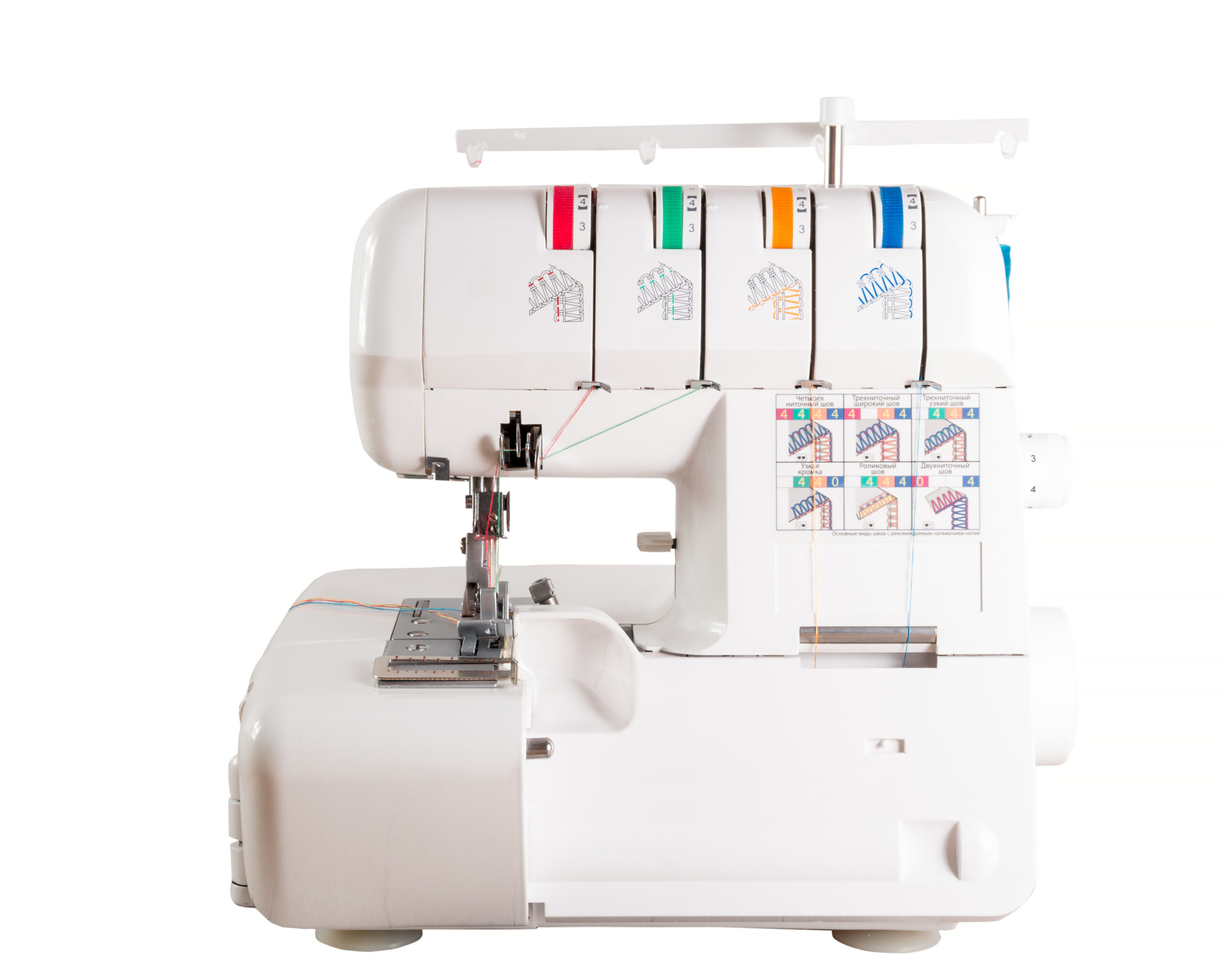
What About Combination Machines?
Some higher-end machines attempt to combine sewing and serging into one device. While the idea sounds appealing, most sewists find that these hybrid models involve too many compromises. Switching between functions can be time-consuming, and neither mode usually matches the quality of a dedicated unit.
If space or budget is an issue, it may be better to start with a solid sewing machine and consider adding a serger later. You’ll get more control and better results without the learning curve of a combo model.
Maintenance and Longevity
Sewing machines and sergers both benefit from regular cleaning and maintenance. Lint, thread bits, and oil build-up can cause performance issues. While most users can handle light cleaning themselves, periodic professional servicing ensures your machine stays in top shape.
This is especially true for sergers, which use multiple loopers and cutting blades. Keeping those components aligned and sharp makes a big difference in stitch quality and consistency.
Some shops specialize in servicing both machines and offer expertise for everything from vintage units to the newest models. If your machine starts skipping stitches, jamming, or producing uneven tension, it might be time for a tune-up.
Choosing the Right Machine for Your Projects
The decision between a sewing machine and a serger comes down to what kinds of projects you plan to take on. For general sewing tasks like garment construction, home décor, or basic repairs, a traditional sewing machine covers all the bases. If you are looking to give your work a more polished, professional finish, especially when working with stretch fabrics or producing high volumes, a serger adds a level of quality and speed that a regular machine cannot match on its own.
Many sewers ultimately find that having both machines opens the door to more possibilities. You get the versatility of the sewing machine paired with the clean, efficient edges that only a serger can provide. No matter if you are building your first setup or upgrading your tools, investing in the right equipment makes the creative process more enjoyable and the results more rewarding.
If you’re ready to take the next step, Edison Vacuum offers expert repairs and servicing for both sewing machines and sergers. You can also check out some of the machines we have, perfect for upgrading your setup or finding the right fit for your skills and goals. Book an appointment with us today if your current machine needs service or repair, and let us help keep your projects running smoothly.

